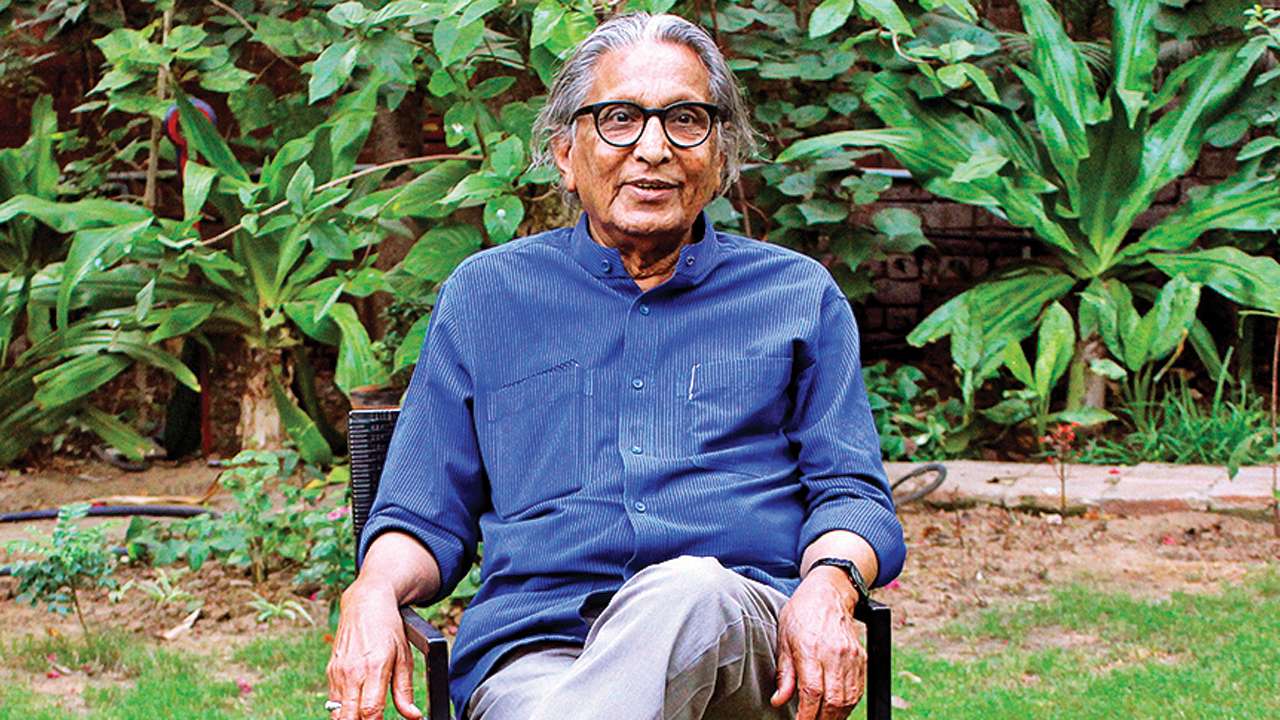
Known for designing not just buildings but institutions, Balkrishna Doshi, the 90-year-old legendary architect is awestruck with the biggest achievement of his life, as he has been honoured with the Pritzker Architecture Prize.
Clad in a blue shirt and grey trousers, Doshi, filled with pragmatism and the same energy, he tells DNA that this prize has been a memorable surprise. "There is a sense of wonder and wonder is not described. There are a lot of memories and you go back in time and hence it feels like a cloud", he says.
In conversation with DNA, he speaks about what made him, on designs close to his heart, Gufa and School of Architecture, now known as CEPT University.
Doshi is an alumnus of the known JJ School of Architecture in Mumbai. He is one of the very few living architects who had the chance to work with the legendary Swiss-French architect Le Corbusier in Paris known as the master of modernism
Doshi: The School of Architecture, Gufa and Sangath. The first buiding that I made ATIRA guest house is also close to my heart. Life has been very beautiful and rewarding to me because it has given me so much. Gufa was quite a challenge to me. Only thing I remember of it is that once, after the base was done based on design on a computer then, I went there early morning. There was no landscape then so when I went down the Gufa, I slipped in the Gufa and was so shocked that I realized how will people walk on this slope. Immediately, I ordered 30 trucks of sand and put the sand inside the Gufa and imagined that I am on the seashore and then everythig began to look differently. Discovery is always hidden unless you go under the skin.
Doshi: I remember the street where there would be around 20 houses in a row, it was like a community living. All houses had balconies with grill, who so ever stood there, could look outside. As a child, I could eat anywhere and life was completely nomadic. That childhood has stayed in my heart.
Doshi: When I go to pols of Ahmedabad or Jaisalmer or Pune, those things are there. Today I walk on Pune streets and I find I am taller than the houses. The door hits on the forehead, roof maybe higher but scale in small.
How do you really create that intimate scale is the challenge? The relationship between buildings, space movement, changes, gardens, etc need to be thought now. Balconies are always public and interior of a house are private but we do not talk about those things anymore. It is like designing a human being. There is a need to think of architecture as a community plan and part and parcel of your lifestyle.
Doshi: Banyan tree has been chopped of and the forest has disappeared. I made it like a small community with open doors but scales have changed. Bimal was here today and he wants to have a function at the school. But I think all that has gone is gone.
Doshi: I do not have any regrets because each project was like a family – with diverse people having diverse abilities to grow speaking different languages. I and my granddaughter worked on a Jain temple complex in Pune which never materialized. I feel if there is a chance, I would like to do that now.